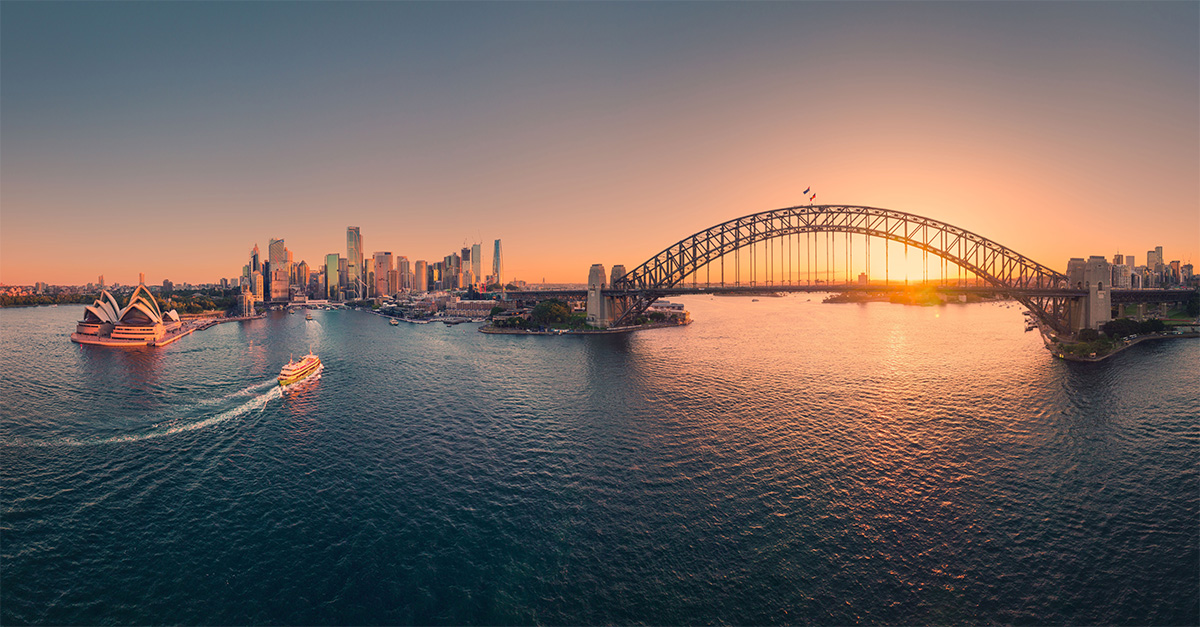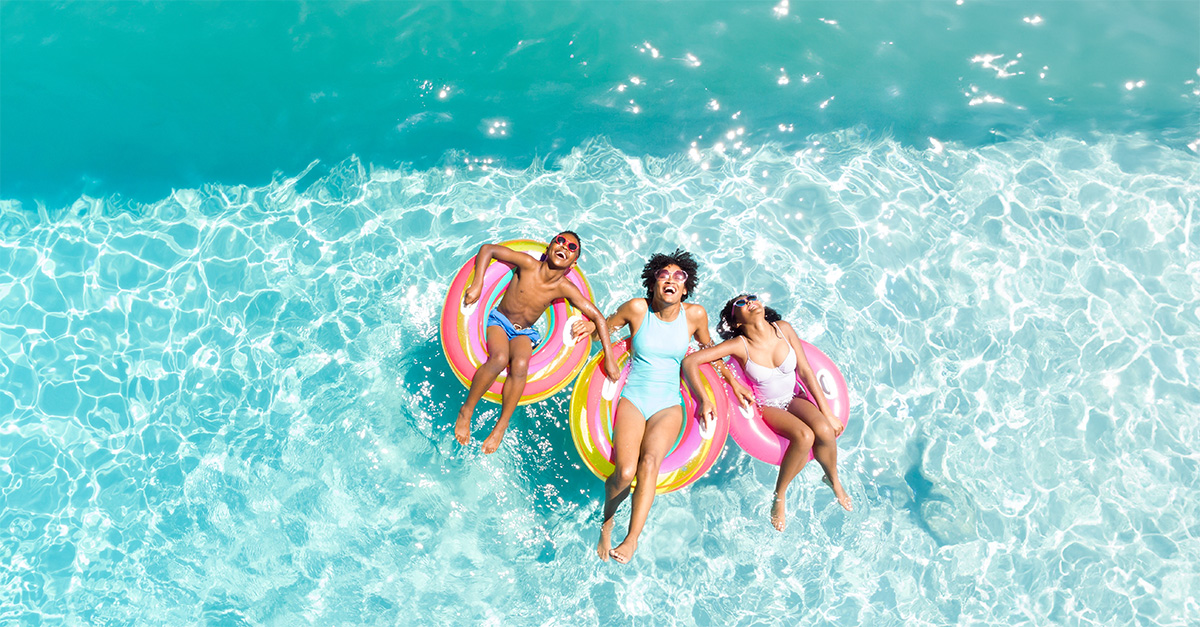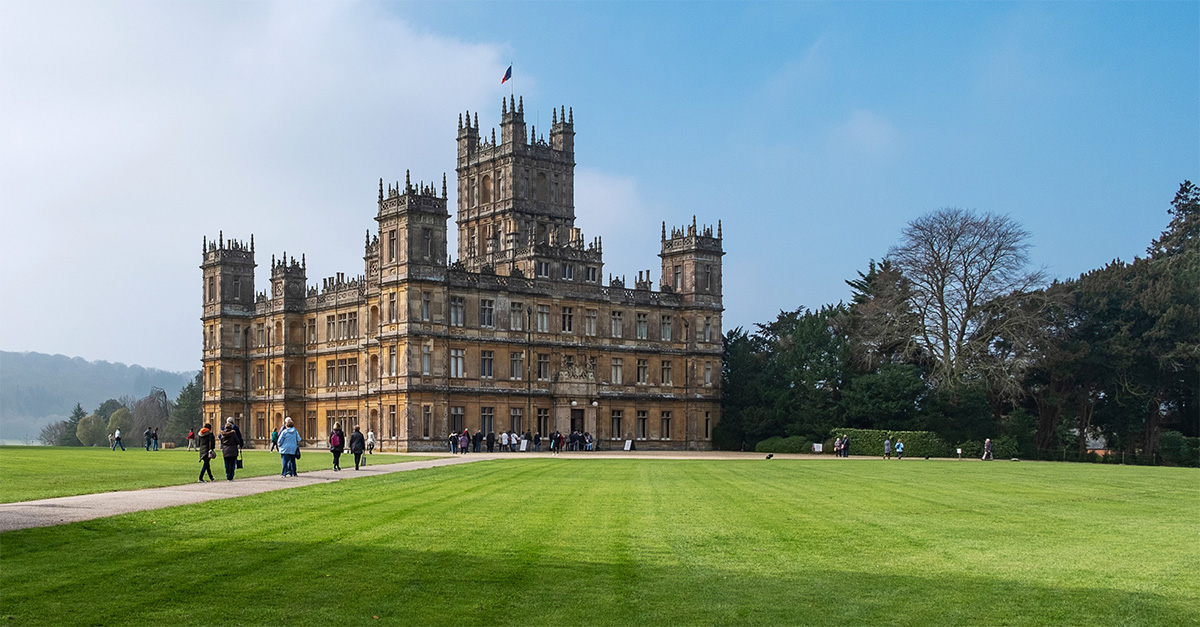Climbing down the steps of the Maharajas’ Express, I can hear cheering. Then, as I step on to the warm Kolkata tarmac, the flash bulbs go off. Behind the paparazzi and the TV cameras, crowds of people are waving and smiling.
So, this is what it’s like to be famous…
This isn’t normal practice, by the way. Most of the time, I can go to the station without so much as a line in the local paper about it. But then most of the time, I’m not travelling on the first official journey of India’s newest and most opulent luxury tourist train.
Even once we’re inside the station, the excitement continues. Dancers in brightly coloured costumes are swirling around to the beat of drums, and there are yet more photographers snapping away as we’re draped with garlands of flowers.
It’s very exciting, but all in all, I’m rather relieved once our five minutes of fame is over and we can board the train – which, let’s face it, is the real reason all the press, the assembled dignitaries, six British travel agents, and me, are here in Kolkata at all.
The train
As we step on board – through the main doors that lead into the central Rajah Club lounge – it’s actually impossible to see where the sleek red and gold train begins and ends. At just over half a kilometre, the Maharaja’s Express is so long that walking between your cabin and the restaurant cars can take a few minutes.
There are 14 sleeping carriages, with a mix of deluxe cabins, junior suites, and suites, plus the vast presidential suite, which takes up a whole carriage. Even the smallest are palatial by train standards – they’re like modestly-sized hotel rooms, rather than cabins. The bathroom is the biggest surprise, with plenty of room for a toilet, large basin and shower cubicle.
All the cabins have large flat-screen TVs, a small wardrobe and large picture windows. The decor is understated – rich browns and beiges rather than the cacophony of colour one might associate with some Indian textiles.
The public areas are showier, from the rich green leather seating in the Rajah Lounge, to the pink and peacock tones in the Rang Mahal and the Mayur Mahal restaurants respectively.
The two restaurant cars flank the kitchen, and both serve the same menu simultaneously. The food is a selection of Indian and Western options, so those who tire of curry easily have other choices. Both the Rajah Lounge and the Safari Bar serve drinks, so there are alternatives for pre- and post-prandial G&Ts.
Exceptional staff
Any client who has visited India before will know that it’s hard to find a country where the service is more friendly and genuine, and the staff on the Maharajas’ Express are no exception. There are 56 staff to 86 passengers, so you’re never neglected.
Every cabin has a butler, and Newton, who looked after me, couldn’t have been happier to help. From a cup of tea with my morning wake-up call, to organising laundry services – no mean feat when the train is constantly moving on – he was always on hand to sort things out.
Restaurant staff were equally keen to please, bedding in to their new challenge of serving food on a fast-moving train. A special mention has to go to Prashant, the cocktail-making whizz behind the Safari Bar, who always welcomed us with a beaming smile and had a sixth sense for the exact moment drinks needed refilling.
Sightseeing
Beyond the train itself, the sightseeing experiences are first class. The guides are extremely knowledgeable and entertaining, and guest lecturers accompany some departures.
We were joined by former BBC India correspondent Sir Mark Tully, who gave a couple of insightful talks, and was always on hand alongside the guides to explain cultural nuances.
Comfortable air-conditioned coaches transport passengers when off the train, and the itineraries are slickly designed to get the most out of each destination. Lunch breaks at luxury hotels give a welcome chance to rest in peace and quiet, and, when travelling as we were in one of India’s hottest seasons, to get out of the midday sun.
It’s the one-of-a-kind touches that really make the trip come alive. Every time guests step off the train there’s a welcoming ceremony with local performers, and gifts of flowers and pashminas.
In the cooler months, guests can enjoy a champagne lunch overlooking the Taj Mahal, and at the Jai Vilas Palace, we were made to feel like royalty with a private champagne and canapé evening in the main courtyard of the historic home.
The itineraties
The Maharajas’ Express travels between Mumbai, Delhi and Kolkata over five itineraries. The Princely India itinerary runs from Mumbai to Delhi and The Royal India itinerary from Delhi to Mumbai.
I travelled between Kolkata and Delhi on the Celestial India itinerary; the Classical India trip is the same in reverse.
Highlights included:
- Kolkata: The ex-capital of India was the centre of the Raj, reflected in its historic buildings. We also saw the famous ‘black hole’ of Kolkata and Mother Theresa’s orphanage.
- Bodh Gaya: Up there with Mecca as an important place of pilgrimage, this is where Buddha received enlightenment.
- Varanasi: At dawn, a boat ride on the Ganges is tranquil, but at night the river fills with barges packed with pilgrims who watch the religious ceremonies performed on the banks.
- Bandhavgarh National Park: The tiger population in this national park is among the highest in India.
- Saddupura: Visiting this tiny village was a real highlight. We arrived during the festival of Ram Navami, so villagers were dressed in their best clothes, and were dancing in the streets.
- Khajuraho: The huge temple complex has a wealth of beautiful carvings that have become famous for their erotic tone.
- Agra: Visit the Taj Mahal and the red-walled Agra Fort.
- Gwalior: Hulking and magnificent, Gwalior Fort has many winding corridors and rooms to explore. The white, wedding cake splendour of Jai Vilas Palace, home to Maharajas, provides a fascinating counterpoint.
- Delhi: Old Delhi has the Red Fort and the Jama Masjid, India’s biggest mosque, plus the buzzing streetlife and shops of the Chadni Chowk.
UPDATE 29/11/12: The train now runs five different itineraries – two short ones (spanning over three nights / four days) and three week-long journeys, which either begin or conclude in Delhi or Mumbai. The itineraries cover Rajasthan’s cities and towns, Agra, Lucknow, Ajanta caves in Maharashtra, Khajuraho and Varanasi. The cost per person per journey starts from USD 3580 for a deluxe cabin and can go up to USD 22000 for the presidential suite, exclusive of the sales tax.
Sample product
Cox & Kings offers a 13-day, 11-night Celestial India package from £5,095 per person, including seven nights’ full board on the Maharajas’ Express, two nights in Kolkata and two nights in Delhi before and after the journey respectively on a bed and breakfast basis, and flights with British Airways. coxandkings.co.uk, 020 7873 5000




